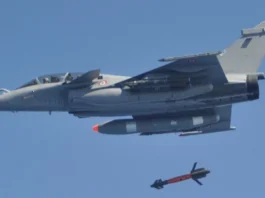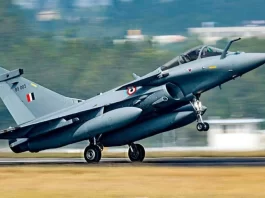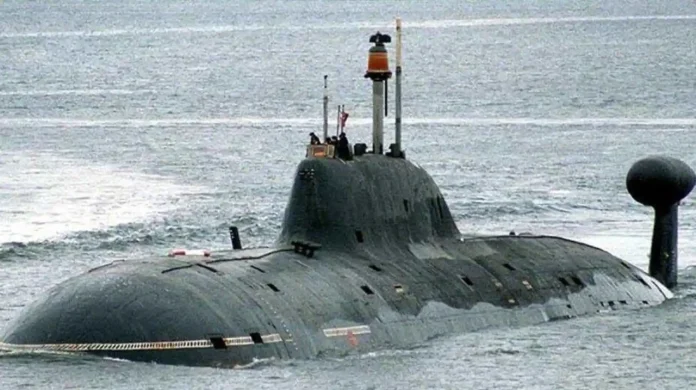
Background
A Service onboard submarine is inherently challenging yet adventurous and extracting. Living in confined spaces with just a bunk to relax on, the absence of a decent bath, working in cramped spaces with valves, piping and machinery surrounding one’s landscape and seeing the same faces day in and day out presents a rather complex picture. If one has seen the famous movie ‘Das Boat’ depicting the story of the U-96, a German submarine during World War II, one could imagine the harsh life the crew had to endure.
Whilst such a life on a conventional diesel-electric submarine has its dimension, serving on board a nuclear powered submarine presents added challenges. These stem from a lifestyle that needs to be adopted due to the nature of the source of the power and associated issues encompassing radiation safety. The nuclear-thermopower and propulsion plant onboard gives tremendous capability yet brings challenges, which are highlighted in this article.
Selection
The crews who desire to serve onboard submarines have to qualify in a psychological test, specifically focusing on an individual’s ability to cope with claustrophobia, which is a natural corollary when working in confined spaces. For the same crew to be able to serve on a nuclear powered submarine, an added dimension of prolonged duration on board is presented by the unlimited submerged endurance of a nuclear powered submarine. Intrinsic to this capability is operating independently of the atmosphere and air. This entails working in a steel hull without exposure to sunlight for extended durations and the biological and physiological effects caused due to it. Accordingly, the tests to select a crew for service onboard a nuclear boat are even more stringent compared to a conventional submarine.
Basing
Nuclear submarines require a specific type of special basing infrastructure to ensure compliance with international radiation safety standards, including waste management of solid and liquid wastes.
Radiation Safety
Monitoring the radiation activity levels in differently categorised zones at specified distances from the reactor core is necessary. These categories vary from Red to green. The red zone is the area immediately surrounding the core wherein the monitoring is the severest, and the Green zone is the farthest. All organic and inorganic entities within these zones are monitored daily, and records are maintained. In addition, Standard Operating Procedures (SOP) to cater to emergencies are also put into place, and resources need to be made available. A technical support building is a must on the berth of the submarine. This must house Radio-Chemical and Radio-biological laboratories. In addition, it must have other facilities associated with radiation safety. Personnel (Crew and support staff) working in the red zone must carry on their person a dosimeter whose readings are recorded daily, and a record is maintained.
Waste Management
There is a very stringent requirement to monitor the disposal of the waste (Liquid & Solid) generated on board the submarine as well as in the red zone. This is done to prevent waste disposal into the atmosphere, which may be contaminated. If any activity levels are detected, that waste must be cleansed/stored until its half-life period is reached before disposal. Even the dirt collected onboard during clean-ship is collected in sterilised bags and deposited in the solid waste disposal bins in the technical support building. Similarly, liquid waste from the bilges onboard and the tanks adjacent to the reactor compartment are discharged into special liquid waste tanks located in the technical support building.
Technical Support
Comprehensive facilities to provide such support are created in the Technical Support building. These include the following:-
- Captive Power generator.
- Shore based air conditioning plant.
- HP air compressors
- Workshops to enable first and second line maintenance and repair. This is necessary to ensure the radiation safety aspects of the tooling and equipment used for such maintenance. Any equipment which may need to be sent to the dockyard for repairs has to be cleared from the radiation safety aspect.
Special Safety Services
The entire gamut of the infrastructure for basing, operating and maintaining the submarine is usually called Special Safety Services. It must be noted that the technical support building, its interiors, and the materials used must conform to the radiation safety standards. From the foregoing, it is evident that operating a nuclear powered vessel is a very elaborate exercise and involves investment in infrastructure and supporting personnel. In other words, the ‘Teeth to tail ratio’ for operations of nuclear powered vessels is greater than for conventional platforms.
Access Control
It devolves from the stringent requirements of the specialised infrastructure that access to the submarine must also be controlled. Accordingly, some of the more important measures that are put into place are as follows:
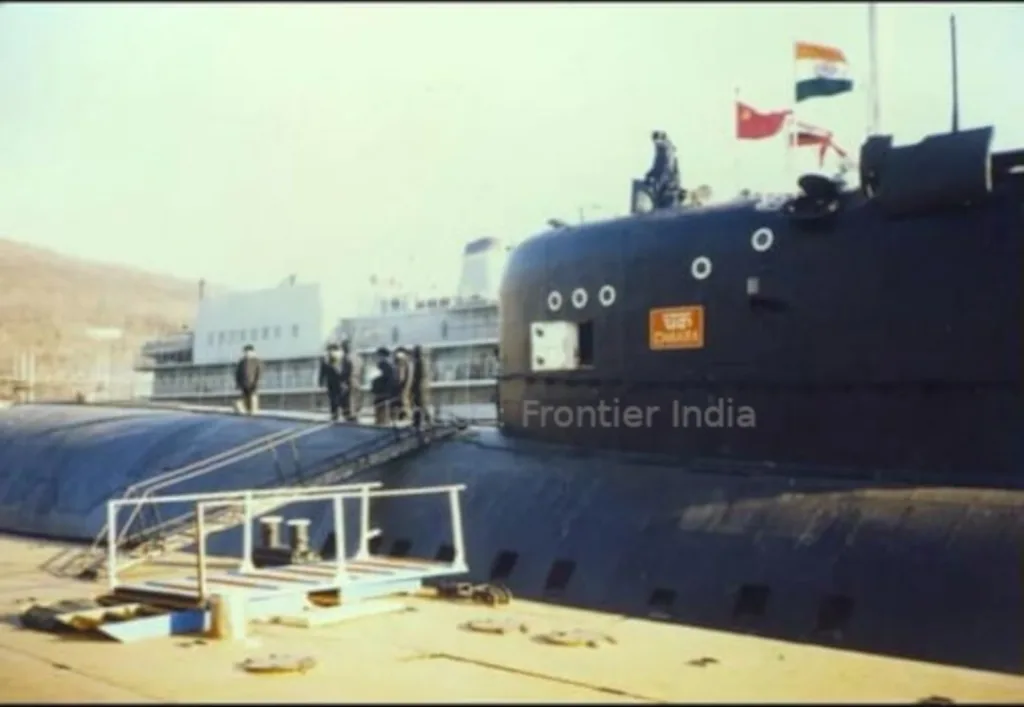
- The crew and associated support staff are issued with magnetic access cards.
- The crew and personnel going onboard must change into special clothing and footwear. This is done in change rooms provided in the support building. Each person has their cupboard and wardrobe assigned.
- Full body monitoring of personnel disembarking from the submarine is done by an installed stationary machine which monitors about 14 points of the person for activity levels. If clean, the machine opens access to the changing rooms. If any contamination is detected, then the person has to go through the cleansing procedure.
- Personal dosimeters are issued and recovered at the designated station.
- Paths to and fro the submarine are clearly delineated.
- Vehicular access is also controlled similarly for vehicles permitted into the Red zone for logistic and maintenance requirements.
Life Onboard
Typical Daily Routine
In Harbour
The routine in the harbour is usually from 0800 to 1400 h, during which evolutions for operations, maintenance and training are conducted onboard. In the off working hours (After 1400h), the duty watch remains onboard under the supervision of the officer of the Day (OOD). The Technical Officer of the day assists him. The crew is allowed ashore on shore leave (Liberty). Incidentally, the crew of a submarine in the harbour is always billeted ashore. The unmarried personnel stay in the base depot ship and the married in their allotted accommodation. Sundays and Public holidays are off days.
At Sea
A routine at sea runs for 24 hours. The crew is usually divided into three watches (Red, White and Blue). At any given time, one watch is closed up (duration 4 hours), and the other two ‘off watches’ are involved in maintenance/evolutions. Evolutions are typically conducted daily: damage control drills, operational manoeuvres, maintenance, cleanship etc. Many evolutions such as ‘Surfacing from deep’ are carried out at ‘Action Stations’ wherein the entire crew is closed up on his assigned post as detailed in the watch and station Bill. I can assert that a crew member hardly gets more than three to four hours of uninterrupted rest/sleep at sea. This is why a less hectic routine is followed in the harbour.
Bunking
Unlike on a conventional submarine wherein the crew resort to ‘hot bunking’, on a nuclear boat, because of greater space available, each crew member has a bunk to himself with associate lockers to keep his belonging. He is also provided with bedding, a headset to listen to piped music on the broadcast and a reading light. Hot bunking is a concept when two or more are assigned the same bunk as the number of the crew exceeds that of the number of bunks.
Microclimate
On a nuclear powered submarine, the microclimate is near ideal. The Oxygen supply is automatically maintained between 21-23%, and the Carbon Dioxide content is kept within 0.1-0.8%, the temperature is maintained at 22*C, and humidity is at 70%. The electrolysis of freshwater generates oxygen, and hydrogen generated as a by-product is discharged overboard by compressors. The CO2 is maintained by using Carbon Dioxide scrubbers. The AC plant controls the temperature and humidity. There are filters to manage the solid particulate matter and other harmful elements. All this is possible because there is no power restriction, unlike on a conventional submarine which depends on battery power in a submerged state. It is not far-fetched to claim that the microclimate onboard a nuclear submarine is superior to that on a street of an unpolluted city/town.
Hygiene
Personal Hygiene
On a conventional submarine, the freshwater carried is limited by the capacity of its tanks. This is used for drinking, cooking and washing. Hence the crew is only allowed to use water for face wash and brushing of teeth. No bathing is allowed. It is a common sight to see a large number of the crew with beards on return from a long deployment. However, there is no such restriction on a nuclear boat as it makes its fresh water by distilling the seawater. This water is double demineralised to be used as feed water for the steam generator and reactor cooling. It is made potable by adding suitable additives. Bathing is no problem; however, this is allowed by watches purely from management aspects and usually scheduled in rotation. Thus each watch gets to have a good shower once in three days. Health workout stations are also provided in the bigger strategic boats (SSBNs).
There is not much difference between a conventional and a nuclear boat for daily ablutions. Usually, two WCs are provided for the entire crew.
Collective Hygiene
Collective hygiene implies keeping the watch stations, compartments, living spaces, and the entire submarine clean. Cleanship on board a submarine is critical not only from the hygiene point of view but also impinges on the efficient operation of equipment. Dust and humidity together degrade the performance of the equipment on board, especially electronic and digital equipment. Hence, keeping the boat spick and span is vital to operational efficiency.
Food
Since the space constraint on board a nuclear submarine is not an issue as on a conventional boat, the galley (Kitchen) is better equipped. A better microclimate also permits a variety of cooking on board to provide wholesome meals. Further, there are designated separate dining spaces for the crew, unlike on a conventional boat. A larger storage capacity for rations also facilitates a greater variety to be carried. Cold (0 to -18*C) and cool (2-9*C) rooms enable the preservation of fresh provisions.
Rest and Recreation
It is not all work and no play on board. A variety of indoor games, Video movies, music systems etc., provide avenues for recreation. Further, intra compartment/department quizzes and cultural competitions are organised on the ship’s broadcast for the crew’s amusement. Officers usually relax and mess in the wardroom, and sailors in their respective messes.
Gold and Blue Crew Concept
A nuclear powered boat is unlimited in its endurance; however, the crew is not. Physiological limitations play a role in deciding the optimum time a crew can endure. Psychological and empirical studies done to assess human endurance without exposure to sunlight and atmosphere have concluded that the optimum time is six weeks. This could be, in exceptional circumstances, stretched to about 60 days. Beyond this period, there will be effects on the physiological and psychological make-up of the crew member.
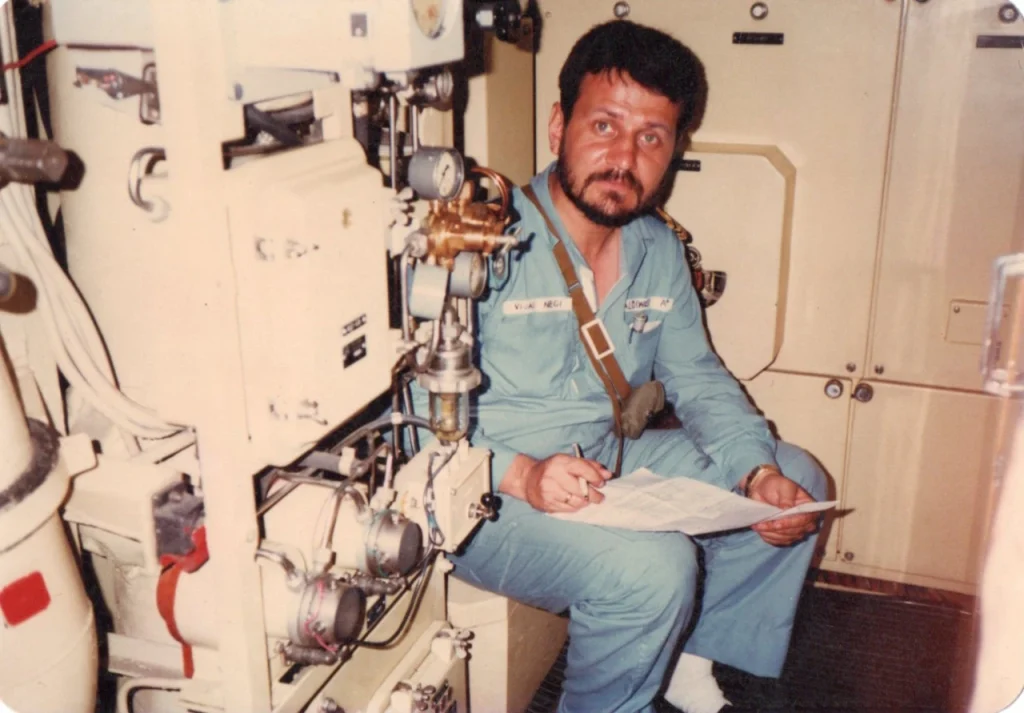
For this reason, manning of a nuclear powered boat is done with two crews viz; Gold and Blue. On return from a patrol, although the boat would be capable of redeployment, albeit with a short break for maintenance, the crew would be exhausted. The Gold crew would be replaced with the Blue, and the former would proceed on R&R and completion of short refresher training before embarking on the next deployment.
Bonding, Camaraderie and Esprit-de-corp
There is a great deal of camaraderie and bonding between a submarine crew. This is equally true on a conventional boat. A wrong action on the part of one crew member could jeopardise the safety of the entire crew and the submarine. Hence, professional knowledge, competence, mutual trust and bonding among the crew are of vital importance for the operational efficiency and safety of the boat. Long after signing off from a boat, the crew members maintain close ties. On a personal note, the commissioning crew of India’s first nuclear submarine is still a family even though 34 years have elapsed since the commission date in Jan 1988. The esprit-de-corps among submariners extends worldwide between submariners of different navies. They instantly relate to each other.
Operational Aspects
Due to its unlimited submerged endurance, high speed and mobility and stealth, a nuclear submarine enjoys tactical superiority over its adversaries. It can cover vast areas of influence due to its ability to redeploy quickly from one area to another. Further, due to its speed, it can approach an enemy formation from any direction, unlike a conventional boat which is limited to the van area due to speed limitations. A modern nuclear attack submarine (SSN) is equipped with stand-off range missiles and torpedoes, greatly enhancing its lethality, effectiveness and tactical flexibility. Therefore to operate an SSN, the commanding officer (If he had been one on a conventional boat) must unlearn some of his tactics and develop a mindset to use the speed and mobility that the SSN offers for optimum exploitation. When I trained in the command group for INS Chakra in the Soviet Union in the 1980s, I had to constantly remind myself that this was not a ‘Dieselnaya podlodka’ (Diesel boat) restricted in speed and endurance.
Conclusion
From the foregoing, it will be apparent to the reader that basing, manning, and operating a nuclear submarine is a different ballgame compared to a conventional boat. Further, a different mindset and ecosystem are required due to the specific requirements to ensure radiation safety. It involves a different lifestyle behaviour to serve on a nuclear submarine. Enhanced endurance and speed add to the speed of decision making needed. Reaction times are reduced whilst simultaneously offering greater tactical advantages. I have often heard many a naval expert in the Indian context advocating a nuclear powered aircraft carrier for our navy. Given the complexities of the basing requirements, it is entirely unnecessary. The primary advantage that nuclear power gives to a naval platform is endurance and mobility. In our area of influence and operations, we have an adequate number of bases on the mainland and outlying island territories, which can give a quick operational turn round (OTR). Modern conventional propulsion systems on surface ships can provide the necessary speeds and mobility. As a result, endurance and mobility are covered. In the case of submarines, however, nuclear propulsion is needed for attack submarines to exploit their stealth optimally fully.

